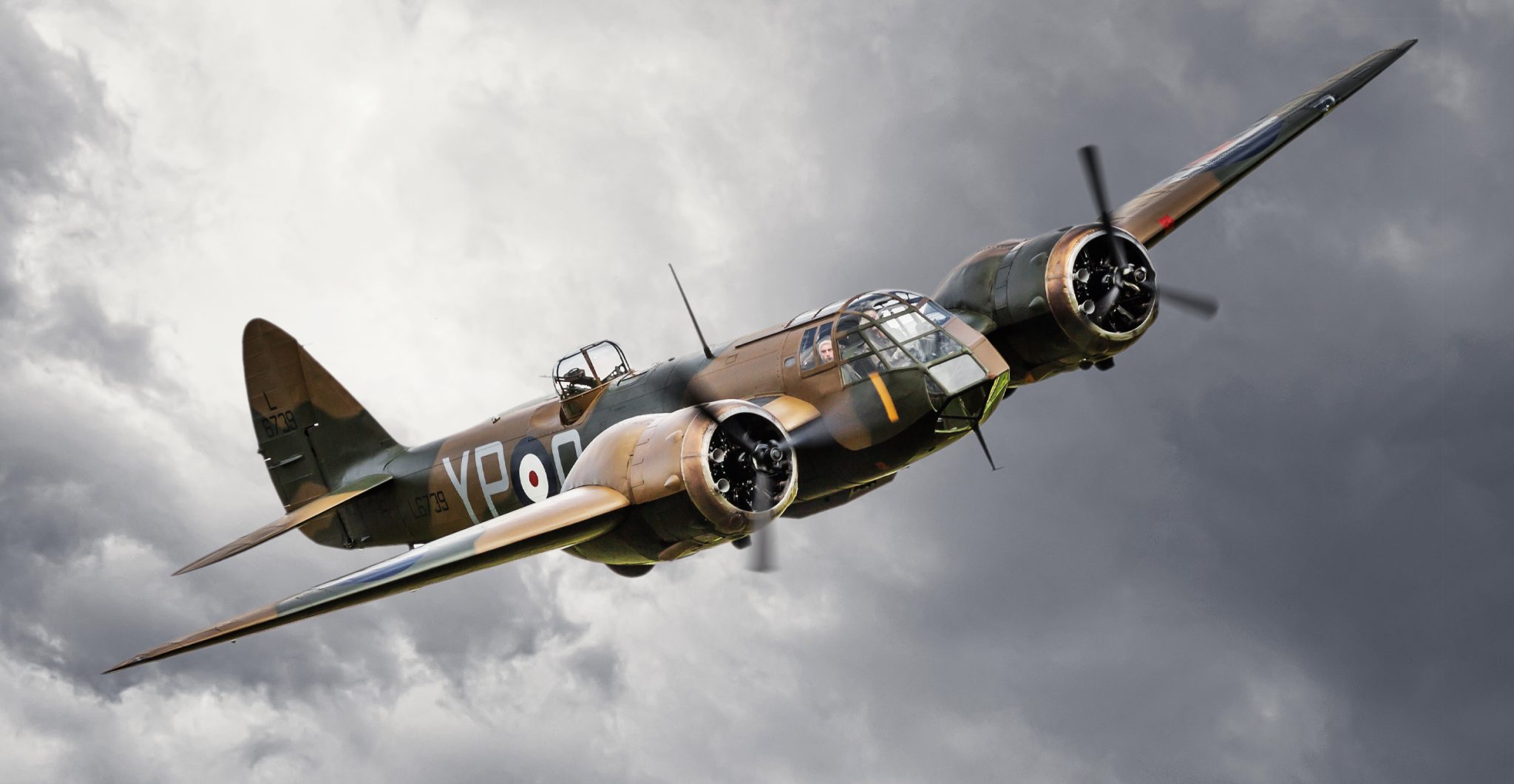When, on a fateful night, Jack Adams saw an aircraft belonging to the enemy, he had no idea that his choice to go after it would result in something suitable for the history books.
He probably thought little about that before setting out in pursuit of the German aircraft. In his mind, what he had set out to do was simply what needed to be done. He was on duty, serving with utmost selflessness, putting himself at great risk.
That brave action highlighted all the admirable qualities he possessed and sufficed to be awarded one of the highest honors of the British military.
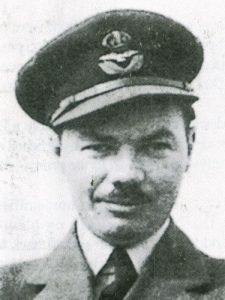
He was born Jack Sylvester Adams on May 17, 1911. Fast-forward to January 1936, when Adams got into the Royal Air Force (RAF) and began his training. He was commissioned two months later, and in May 1936 he was sent to No. 2 Flying Training School (FTS) Digby.
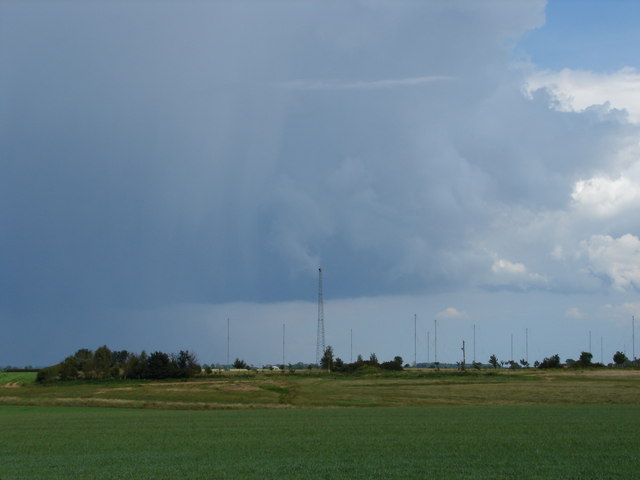
Following the successful completion of his training, Adams joined No. 29 Squadron at Debden. He was still there when the Battle of Britain began in 1940.
While serving with No. 29 Squadron as Acting Flight Lieutenant, Adams went on many night patrols, a duty to which he showed admirable devotion.
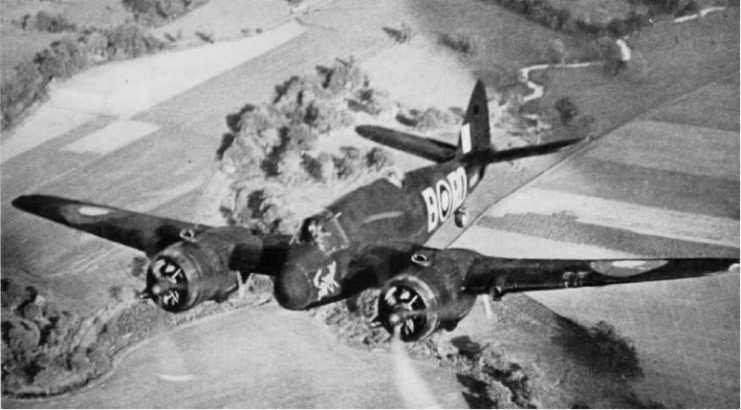
It was on one of these night patrols as he was flying a few miles from his base that he sighted a German aircraft about a mile away from him. His sharp eyes had picked out a light at the rear gunner’s position in the enemy plane.
Adams did not know exactly what the enemy plane was doing alone in hostile airspace. However, these were war times, and the German aircraft was about to get someone hot on its tail.
On a cold night fraught with unknown dangers, when a mistake could result in being blown out of the sky together with his aircraft, Adams chased the enemy aircraft for 50 minutes, using the light he had spotted to keep it in sight.
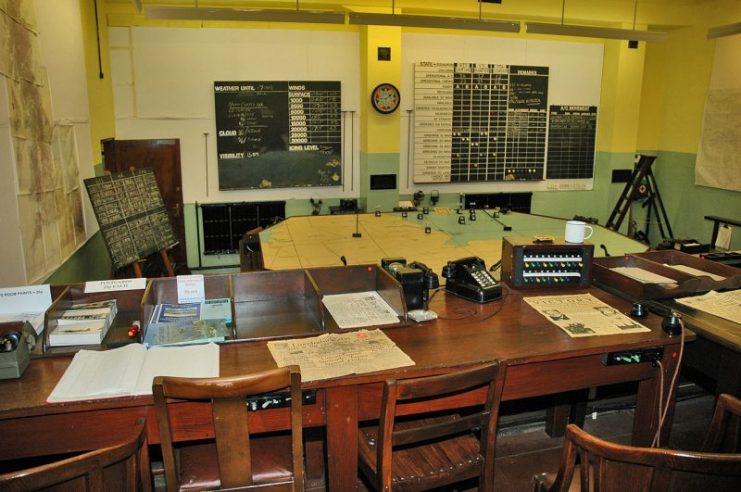
During this long 50 minutes of being hot on the tail of the enemy, Adams lost communication with his base at Digby.
He didn’t know what the next few miles held in store for him. It could be that the enemy aircraft was actually luring him along deliberately into an ambush. Calling off the chase was a reasonable thing to do.
However, Adams went ahead. With his mind focused on attacking his target, he noticed his aircraft was low on fuel, but that was apparently but a minor hiccup in the way of setbacks and did not stop the skilled pilot from continuing after his quarry.
Eventually, Adams made contact with his target, engaged it over the sea near the Isle of Wight, and successfully splashed it.
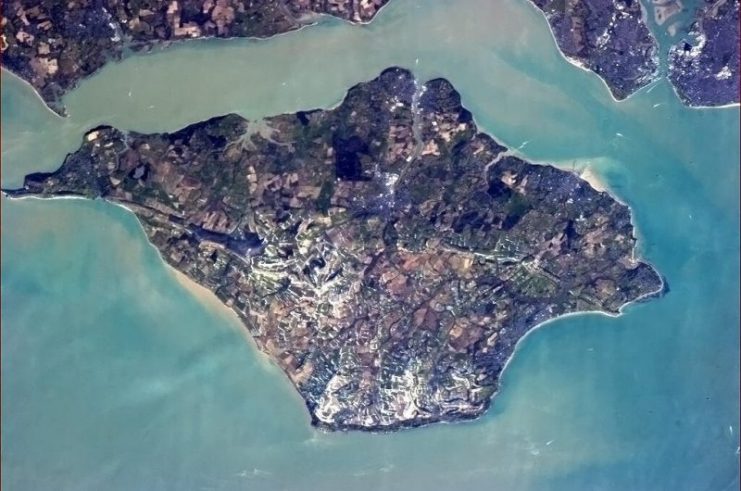
With his mission accomplished, he found his way back to his base at Digby. It was discovered upon his arrival that both his fuel gauges indicated they were empty.
This very interesting detail highlighted the level of devotion he had always shown in service, and he received the Distinguished Flying Cross on 24 September 1940.
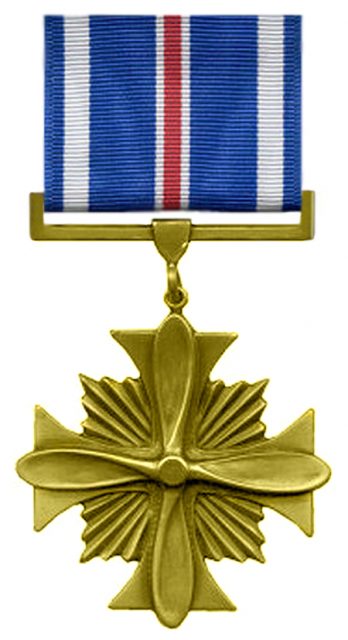
The following month, Adams was sent to Leconfield to join No. 303 Squadron as the Flight Commander. He served there until 1941 when he took over the command of No. 151 Squadron at Wittering. Adams held this appointment from January to October 1941, then went over to HQ 12 Group for staff duties.
He returned to the field in 1942 and was given command of No. 256 Squadron. He served as Acting Wing Commander of 256, remaining with them until October 1942.
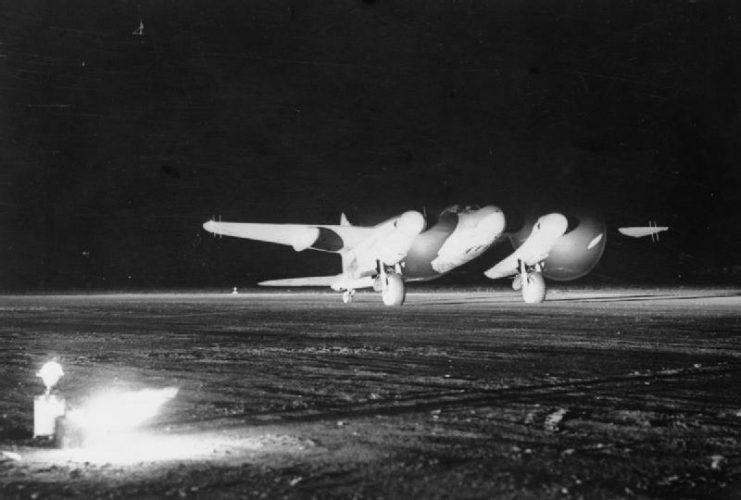
The year 1944 ushered in a bout of operations for No. 226 Squadron. During his missions with 226, Adams performed remarkably and was awarded a Bar to his DFC.
After the war, Adams did not retire like many of his mates. He continued his career with the RAF and retired as a Wing Commander on 27 July 1958. Afterward, he was honored as a Commander in the Netherlands’ Order of Orange-Nassau.
The gallant airman finally gave up the ghost in 1993, leaving behind a legacy worthy of emulation.
